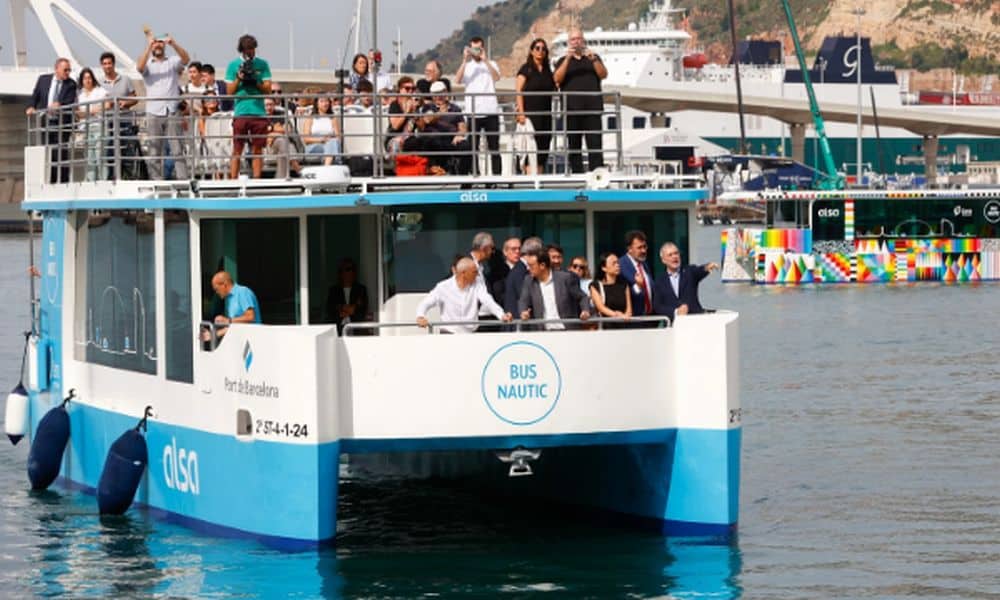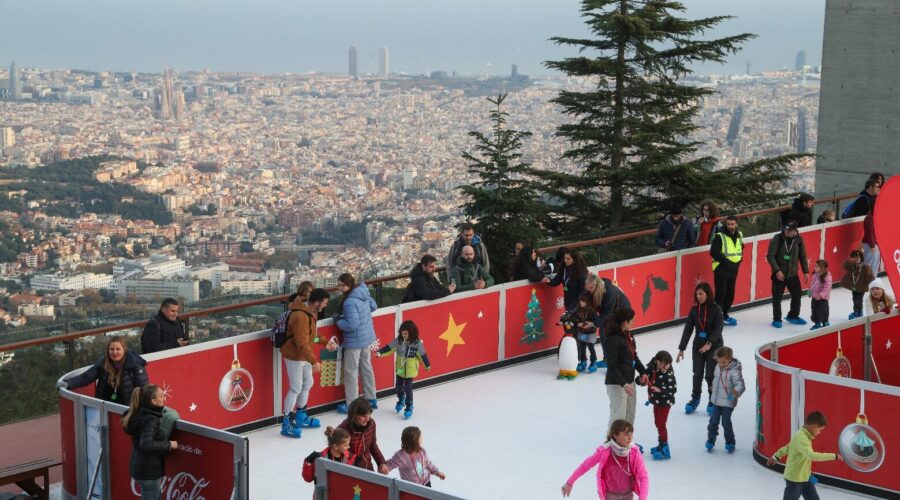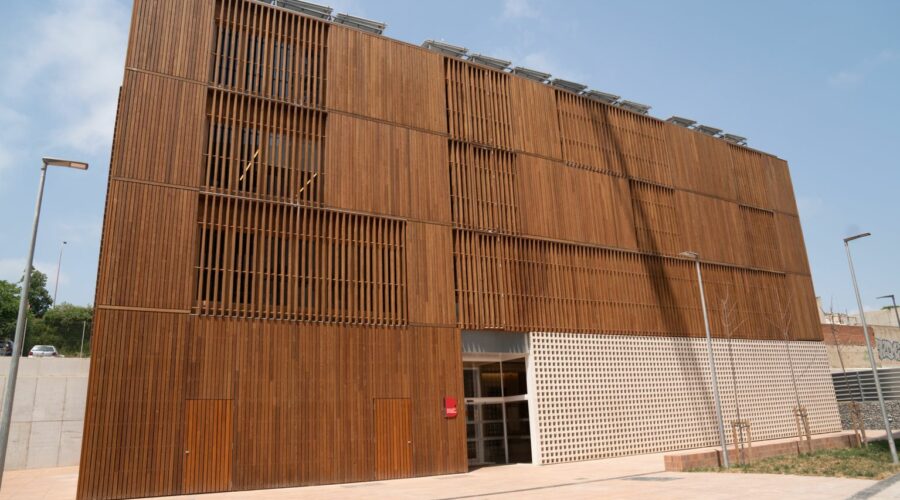
First maritime bus: opened to the public last Thursday, July 04th
The bus was opened to the public last Thursday, July 4, which connects the Drassanes dock at the point where Las Golondrinas are located with the Llevant dock where the old “tinglados” have been rehabilitated. In this sense, there is a catering service. The total journey takes approximately 10 minutes.
Cost of maritime bus tickets
The cost of the ticket is 1.9 euros, in the case of the round trip is 2.85 euros. You can also make subscriptions of 13.30 euros, which cover 10 trips. Likewise, you can get tickets for children and youth and seniors. The aim is to integrate the service into the regular fare system in the future. On Wednesday morning, May 3, Lluís Salvado, the president of the Port of Barcelona, Lluís Salvadó; Jaume Collboni, the mayor of Barcelona; David Pino, the director of Port Vell, and Francisco Iglesias, the CEO of Alsa, made the inaugural trip. The initial route of the MareNostrum covers a route that goes from Port Vell to the Forum, with stops at strategic points such as Barceloneta, the Olympic Port and the beaches of Bogatell and Mar Bella. The entire route takes approximately 45 minutes, offering panoramic views of the Barcelona coastline and significantly reducing travel time compared to other means of land transport.
First maritime bus: Salvadó is convinced it will be a success
It should be noted that Salvadó is convinced that this service will be successful and believes that it will help to improve the internal mobility of the port of Barcelona. He also points out that about 3,400 people work at the Llevant dock, who will use this transport. The president of Port Vell, David Pino, emphasizes that this is a service that “is one more piece of the America’s Cup puzzle”. The mayor of Barcelona, Jaume Collboni, emphasized that Barcelona had not had a similar change since the start of the 92 Olympic Games and asserted that these investments have been made as a result of the America’s Cup, and will help citizens to connect with the sea. Collboni also indicated that the implementation of the nautical bus is associated with the transformation of Ciutat Vella and will also help to decongest neighborhoods such as Barceloneta.
Characteristics of the first maritime buses
These buses are two zero-emission catamarans, the Ecocat Two and Ecocat Three, both operated by the company Alsa. This service concession is 15 years old, where its objective is that the bus will be the route beyond the America’s Cup. The Nautical Bus is one of the urban transformations and discoveries that has been promoted by the Port of Barcelona that coincides with the celebration of the event. Likewise, the Ecocat Two has a length of 11.90 meters and capacity for 56 passengers, while the Ecocat Three is larger. It is 14.70 meters long and has a capacity for 84 passengers. They are buses with a cruising speed of eight hours and five knots of uninterrupted service. These buses operate with electrical connection and solar energy.
Collaboration of various maritime companies
It is a bus project developed in collaboration with various maritime and technology companies. In addition, it has had the support of the European Union under the sustainability and urban innovation program. It is also expected that, depending on the reception and success of the first route, the service will be extended to other areas of the coastline and other units will be involved in the service. This initiative continues to position Barcelona as a leading city in sustainability and innovation. This allows us to provide transportation solutions in response to the needs of a population that is aware of its environmental impact.



